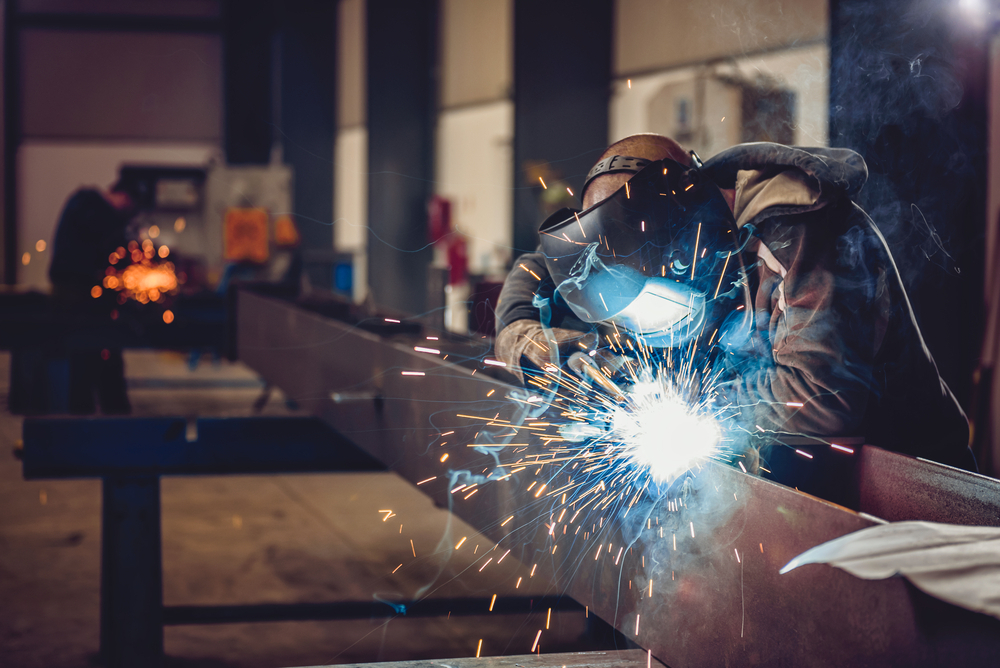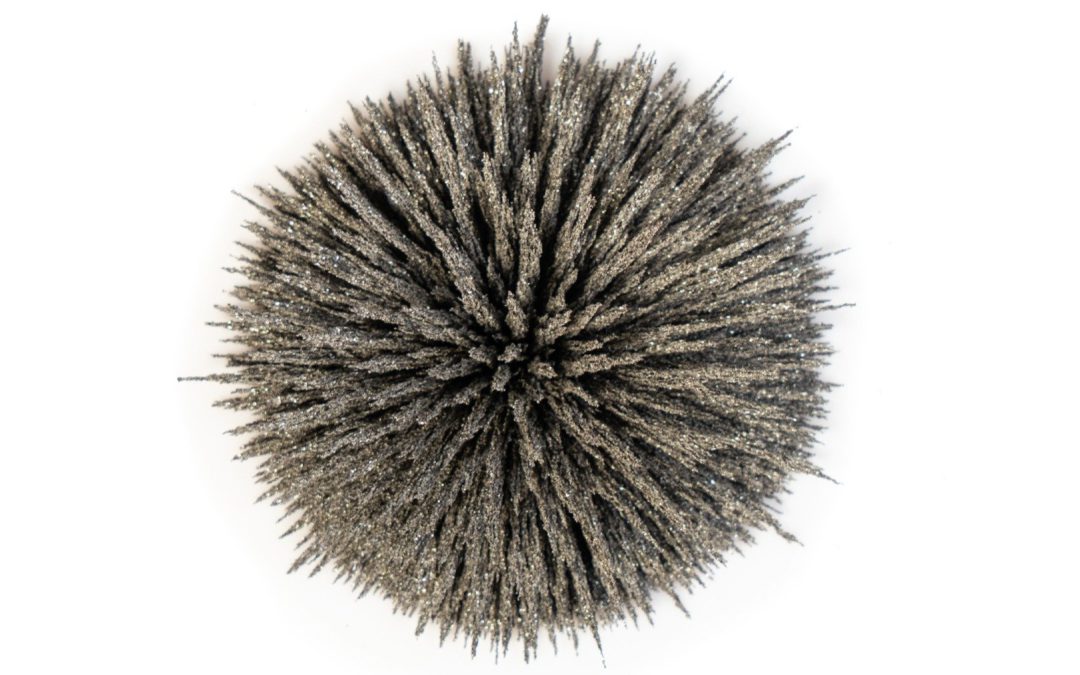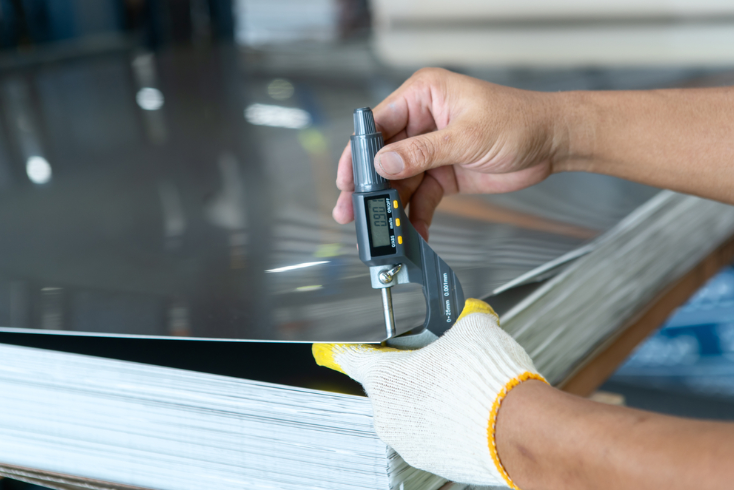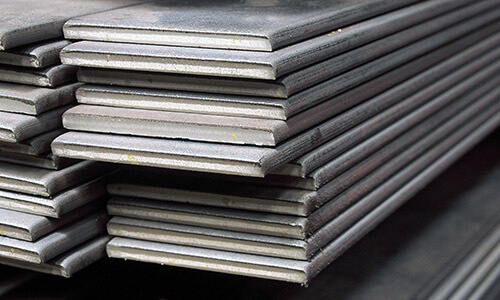
by user | Feb 4, 2023 | Blogs
Few metals can equal stainless steel’s ability to survive extreme environments and remarkable resistance to corrosion. This makes it perfect for a variety of industries, including chemical processing and medical equipment. But when working with metal, welding is...

by user | Jan 6, 2023 | Blogs
There are three elemental metals that are magnetic: Iron Cobalt Nickel Compounds and alloys can also be magnetic if they contain iron, cobalt, or nickel. Common magnetic alloys include: Many types of steel Many types of stainless steel Ferrite Alnico...

by user | Jan 2, 2023 | Blogs
People often get confused when describing the sizes of steel pipes or telling sellers what pipe size they need. This confusion can cause problems if the wrong pipe size is bought. Here in this blog, we have explained the Schedule 40 & Schedule 80 pipe dimensions...

by user | Dec 12, 2022 | Blogs
Metal thickness is a crucial factor in any production process. It is crucial to almost all metal forming processes, including welding, fabrication, and finishing. The primary factor influencing any metal’s thickness is its intended function. The discovered metal...

by user | Dec 5, 2022 | Blogs
Stainless steel is a type of metal that doesn’t rust or break down easily. It is also not magnetic, which means a magnet won’t stick to it. But what is it that doesn’t make stainless steel magnetic? Let’s find out what this has to do with...

by user | Nov 22, 2022 | Blogs
Introduction One of the common building materials in the modern world is steel plates. The term “steel plates” refers to a grouping of two parallel steel sheets joined together by welding or tie bars. One of the most adaptable building materials is steel...







